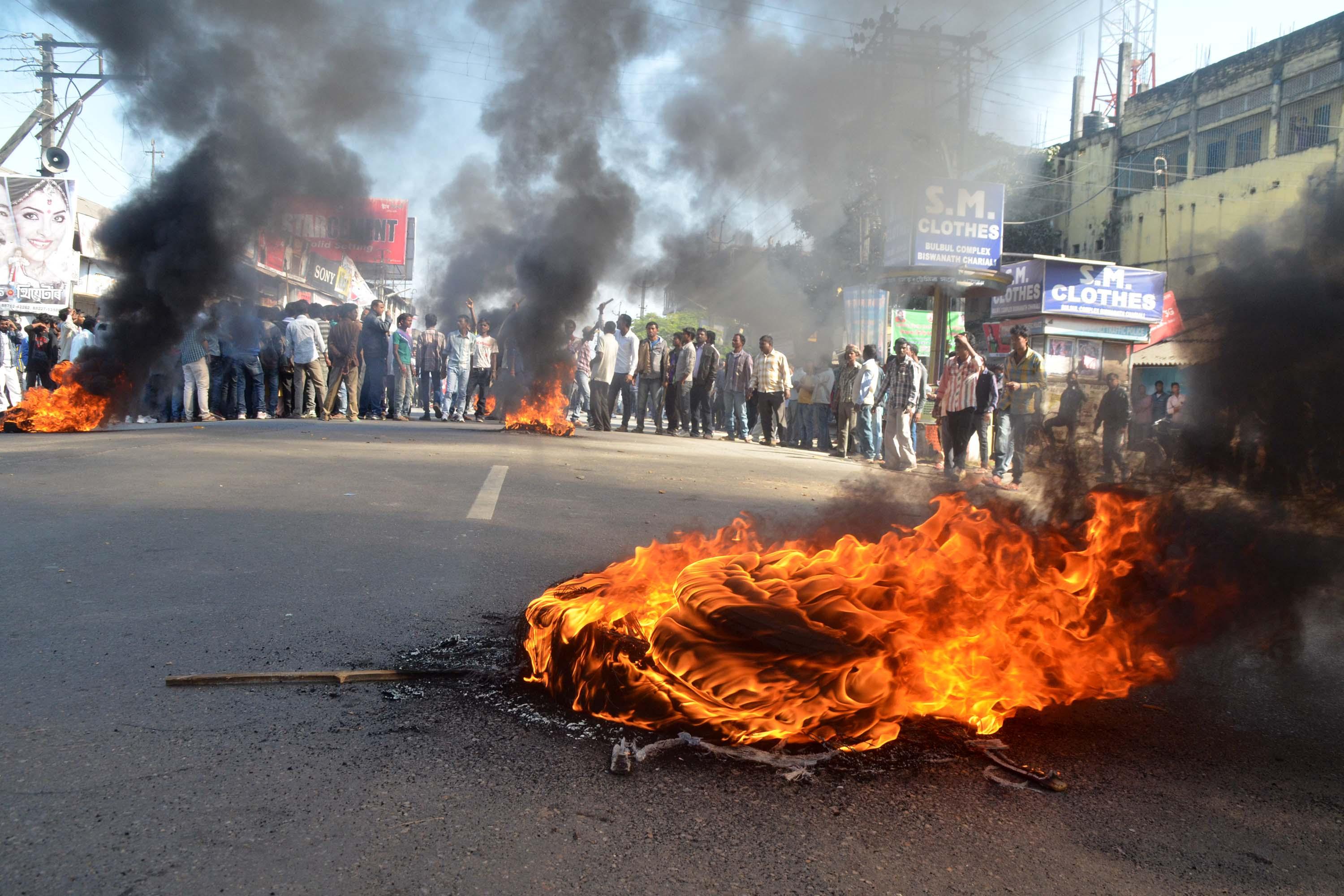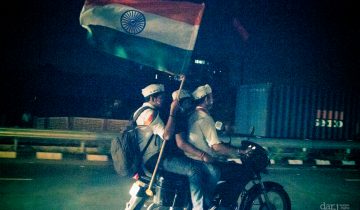The Northeast: Yes, It's a Part of India
Even after 67 years of Independence, this region of India seems not to have benefitted much. The Northeast region is one of the most diverse regions of India. It has been an environmental hub of the country and has rich flora and fauna. Sadly, industrialisation has just begun in this part of the country leading to the destruction of forests, reduction of animal habitats and change in the lifestyle of the people.
Geography
Northeast India comprises of seven sister states namely – Assam, Meghalaya, Nagaland, Mizoram, Arunachal Pradesh, Tripura, Manipur and a Himalayan state Sikkim. It constitutes about 8% of India’s total size and its population (All the 8 states combined) is approximately 40 million (2011 census), which represents 3.1% of the total Indian population (1,210 million). This region is poorly connected with the rest of the country. The Siliguri Corridor in West Bengal, with a width of 21 to 40 kilometers (13 to 25 mi), connects the North Eastern region with the rest of India.
The Issue

Five of the seven state capitals in the region are not connected by rail. Itanagar, Kohima and Shillong (all State capitals) do not have a proper airport even now. The entire North-east has to import essential goods worth nearly Rs. 3,500 crore annually, since the states in the region have not modernized their agricultural practices. Nearly 55 percent of India’s tea production, 60 per cent of its plywood (until the timber felling ban came) and a substantial part of its oil is produced in the region, but not even a tiny percentage of the profits is re-invested here. Vital sectors like education, healthcare and communication are still in the primitive state in the region.
This region is also affected by anti-national militants such as ULFA; this is a major setback for the industries and the investors. People are kidnapped by these militants for ransoms to support their activities.
The government too has fallen deaf to the demands of the people.Development has come to a complete stall, the rich are becoming more rich and the poor more poorer.
Discrimination
Geographically and culturally, northeast India is situated between the two traditions of Indic-Asia and Mongoloid-Asia. This geographical-cultural condition of “in-betweenness” is an important factor in the area’s crisis of identity. The people of this region are mostly of mongoloid race. These people face discrimination in the mainland India due to their race. This is wrong for a democratic country like India which has a diverse history, and because democracy is designed to represent the differences not suppress them.
Conclusion
Ultimately, it is the civil society, well-meaning politicians and committed bureaucrats, who will have to take up the lost cause and bring the Northeast out of its current mess. Only then the rest of India will start looking at the Northeast more seriously. Only then others will start treating the Northeast not as an exotic faraway entity, but as an integral part of the idea that is India.
[Image Attribute: Naga Tribe]


